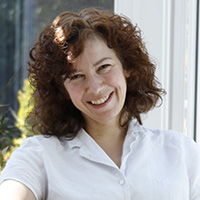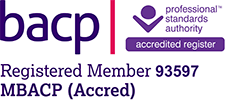Self harm counselling
What is self harm?
Self harm is a way of expressing extreme emotional pain such as rage, terror, emptiness, grief, self loathing, loneliness, depression and guilt. Self injury includes cutting, burning yourself ; putting objects inside yourself; taking an overdose; staying in an abusive relationship; being addicted to drugs or alcohol or having an eating disorder (eg anorexia/bulimia).
Why do people self harm?
Many people who self harm have experienced some kind of abuse, often in their childhood. This abuse could be physical, emotional , verbal, mental or sexual abuse or it could be physical or emotional neglect. Abuse can result in someone feeling depressed, under pressure and isolated and self injury may seem like their only solution. Other factors that could lead to someone self harming include being homeless ; having financial difficulties; being addicted to drugs or alcohol; experiencing extreme stress, depression , anger, anxiety or low self esteem; feeling worthless; being confused about your sexuality; being bullied.
Self harm allows the person to externalise their feelings of powerlessness and helplessness. It also serves as a kind of release as it is a distraction from the overwhelming emotional pain they feel. Many people who self harm feel detached and dissociate from their emotional and physical pain; other people who self harm experience the physical pain as a way of feeling alive. Some people who self harm use it as a way of punishing themselves. They feel that self harming gives them a sense of control. For all people who self harm the cycle of self abuse ends up with the individual feeling shame and self hatred.
How can self harm counselling help?
Seeing a counsellor can help you to :
- identify the triggers for self harming - these triggers could be negative thoughts, feelings, beliefs and judgments about your self and others
- externalise your feelings by writing a diary
- challenge negative beliefs/thought patterns about yourself. In this way counselling can change the neural pathways in your brain.
- identify self destructive behaviour as an attempt to avoid painful feelings
- connect to and express the painful feelings that triggered the self harm
- accept what you can control (eg your response to a stressful event) and what you can't control (eg the behaviour of others)
- learn to self soothe, nurture and feel compassion to your vulnerable feelings
- develop positive strategies to handle life stresses
- accept that sometimes we all feel anxious, stressed,vulnerable
- learn mindfulness/meditation/grounding techniques
- join a support group - this can help you feel less alone


